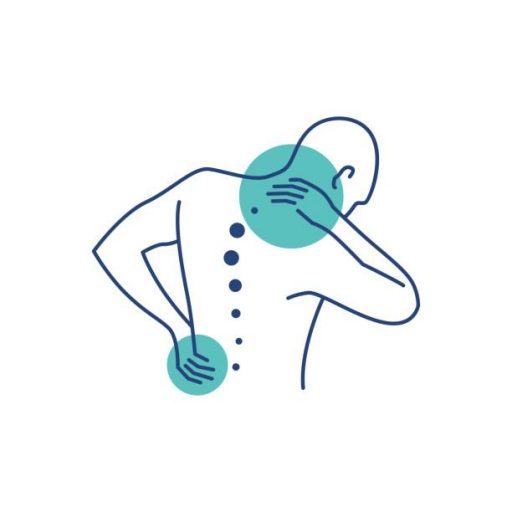Exploring Alternative Therapies for Pelvic Floor Pain Treatment, Such as Acupuncture or Biofeedback
Pelvic floor pain is a common but often under-discussed condition that affects many individuals, especially women. Childbirth, muscle tension, nerve issues, and certain medical conditions are just a few of the causes. The pelvic floor consists of muscles, ligaments, and connective tissues that support the organs in the pelvic region. When these structures become dysfunctional or experience tension, it can lead to chronic pain, discomfort, and a reduced quality of life.
The Limitations of Traditional Treatments
While conventional medical treatments like pain medications and physical therapy have been used to manage pelvic floor aches, they may not always provide complete relief. Moreover, some individuals may experience side effects from long-term medication use. In such cases, alternative therapies have gained popularity as complementary or standalone treatments for diaphragm pain.
The Role of Acupuncture in Pelvic Floor Pain Relief
Acupuncture is an ancient Chinese healing practice that involves inserting thin needles into specific points on the body to stimulate energy flow. For pelvic floor pain, acupuncture can be particularly beneficial as it may help reduce muscle tension, promote blood flow, and release endorphins, the body’s natural pain-relieving chemicals. Some individuals report significant improvement in diaphragm pain after a few sessions of acupuncture.
Research on acupuncture for diaphragm pain is ongoing, and while some studies have shown promising results, more extensive clinical trials are needed to establish its effectiveness definitively. However, many people find acupuncture to be a safe and non-invasive option worth exploring, especially when other treatments have been less successful.
Biofeedback as a Therapeutic Approach
Biofeedback is another alternative therapy gaining popularity for pain treatment. It is a mind-body technique that helps individuals become more aware of their bodies physiological responses and learn to control them. For pelvic floor aches, biofeedback can help patients identify and manage muscle tension in the pelvic area.
During a biofeedback session, sensors are placed on specific muscles in the pelvic floor, and the patient is provided with real-time feedback on muscle activity through visual or auditory cues. This allows individuals to understand their muscle patterns and learn techniques to relax and release tension in the muscles effectively.
The Benefits of Integrative Approaches
For some individuals, integrating multiple therapies can lead to better outcomes in managing pelvic floor aches. Combining acupuncture with biofeedback, for instance, may address both the physical and psychological aspects of the condition. This integrated approach may result in a treatment plan that is more complete and individualized, leading to enhanced pain alleviation and general well-being as a result.


